How to Distinguish Cut Glass from Molded Glass
WorthPoint
APRIL 8, 2024
An American Brilliant-period cut glass punch bowl with a sawtooth rim dating to the mid-to-late 19th century. Thrifters and estate sale shoppers often run across molded glass, which can resemble the look of cut glass. The result was a finely crafted piece of handmade glass. Why is it important to know the difference?

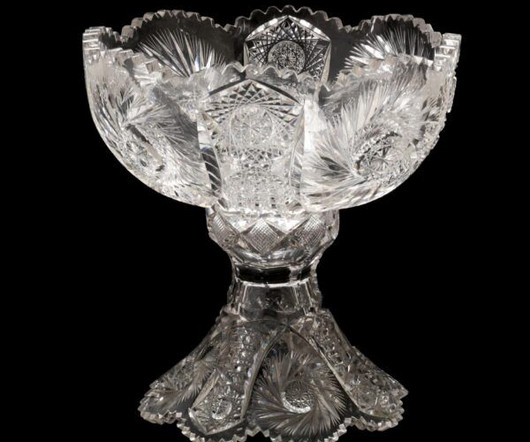
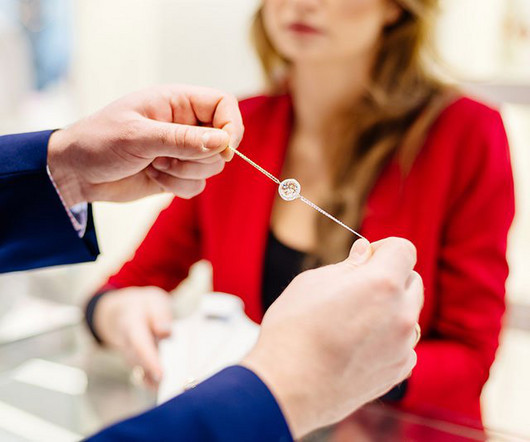

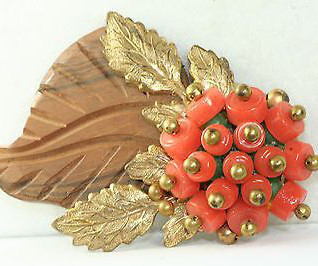
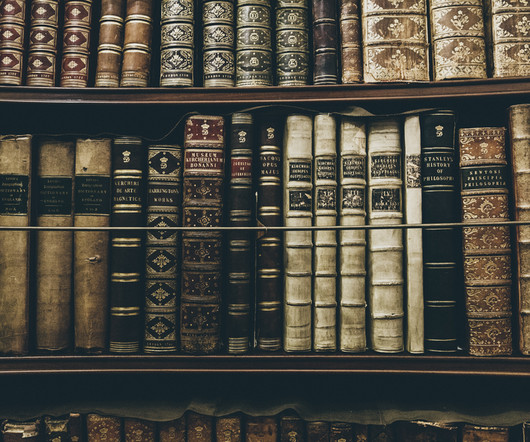

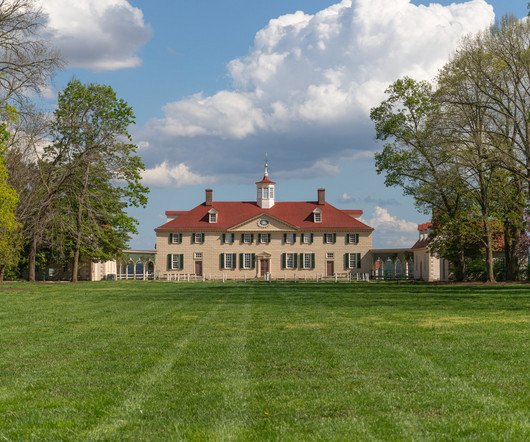








Let's personalize your content